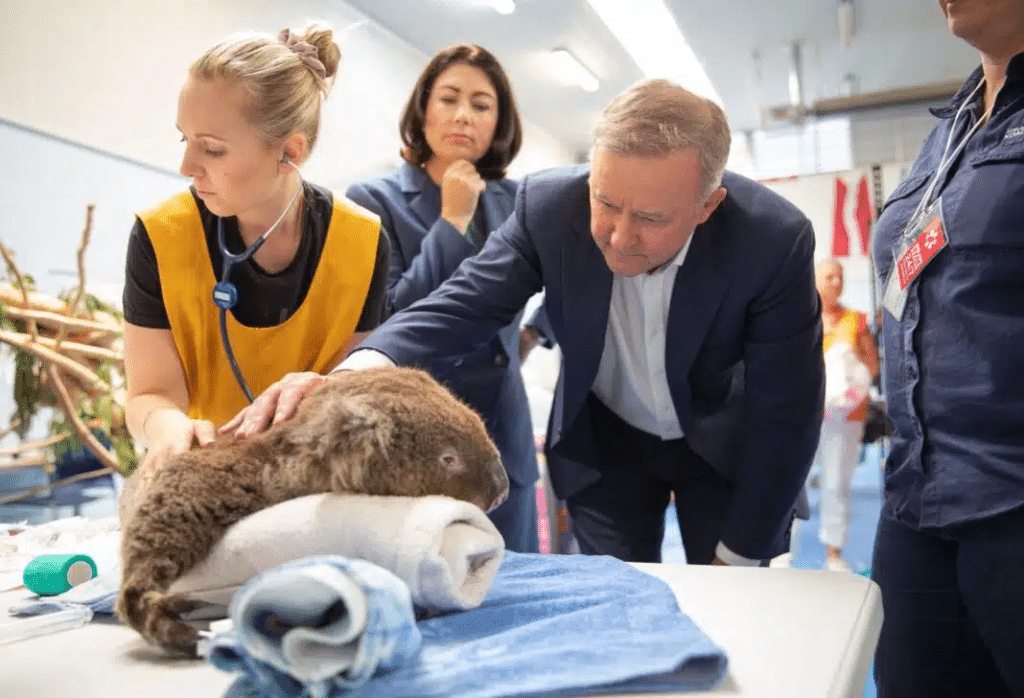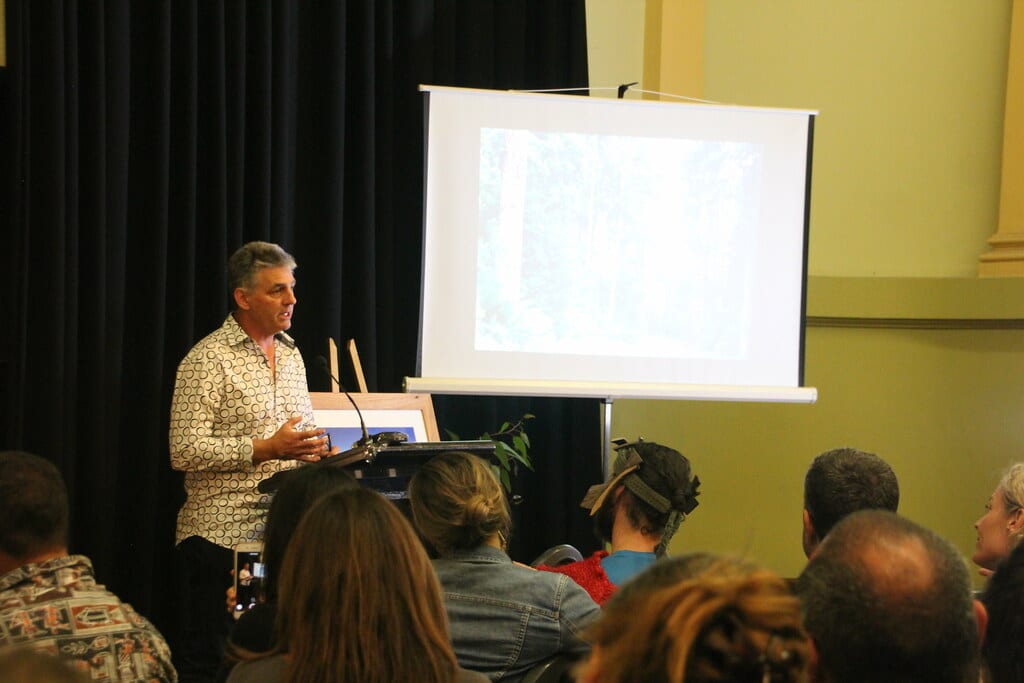Forest harvesting and prescribed burning can make forests more flammable – with researchers supporting greater connection between forestry and fire science to understand how fire prevention strategies affect natural environments.
That is according to new research published by the Australian National University (ANU) and Curtin University, calling for a new approach to “adaptive” management in global forests.
Led by Professor David Lindenmayer of the ANU, the research published in Biological Reviews supports past research looking at the economic cost of increased forest fires on timber production.
“We’ve understood for a long time now that logging can make bushfires worse, but only in the last few years has evidence shown that prescribed burning could be doing the same thing,” Professor David Lindenmayer said.
The research, which looks at Australian forests, can also apply to Northern Hemisphere forests, “outlining the mechanisms by which disturbance drives flammability through disrupting the ecological controls that limit it in undisturbed forests,” according to the summary.
According to the study’s co-author, Curtain University’s Associate Professor Philip Zylstra, “If they’re too tall to catch fire, plants calm bushfires by slowing the wind beneath them. If disturbance kills those taller plants, replacements regrow from the ground and add to the fuel.”
The study challenges the notion that broad-scale interventions are necessary to manage fire risk. Instead, they argue that these are grounded in simplistic models that need to account for long-term dynamics.
“Old forests tend to be cooler, moist, and sheltered. By limiting disturbance, forests can reach an appropriate age to be better protected from the increased frequency and severity of Australian bushfires,” Associate Professor Zylstra said.
The research introduces a unified framework that predicts areas where disturbance will likely cause a surge in flammability and bushfire risk. This predictive approach allows for better informed and targeted management strategies.
For Professor Lindenmayer, “we need to invest heavily in rapid response remote area firefighting specialists and embrace new technologies that allow us to detect fires and suppress them faster.”
Increasingly, drone technologies and AI can help detect small fires and even contain them before they develop.
“We need to be thinking about forestry and fire management more holistically and look to limit actions that could increase flammability,” Professor Lindenmayer said.
Already, global forestry is looking to AI to protect forest assets against the increased risk of bushfires.
Last week, Wood Central reported that AI is being deployed in South Australia’s Green Triangle forestry region to monitor bushfires before they start.
The technology, already being deployed Australia-wide, is part of a growing suite of camera and satellite technology monitoring fire threats in “near real-time.”
Debate over the role of prescribed burning in protecting forest habitats
In September, Wood Central reported that 40% of Australia’s koala population is already under “high bushfire risk” thanks to habitat loss due to climate change – with modelling indicating that could rise to 45% by 2070.
It claims that the increased risk in coups coincides with a general increase in the susceptibility of all Australian vegetation to bushfires.

Led by Assistant Professor Farzin Shabani from Flinders University, emphasised the importance of “forest rejuvenation through burning at appropriate intervals, spatial extents, and intensities” and claimed that “failure to use such strategies could have catastrophic consequences for koalas.”
A team of ecology experts have used species distribution modelling to study climate change impacts and identified the threat that wildfires pose to koalas now and under future climate change.
“It is crucial to strike a balance between ensuring that koala habitats and populations are not destroyed by fire whilst also allowing for forest rejuvenation and regeneration through periodic burns,” Associate Professor Shabani said.






